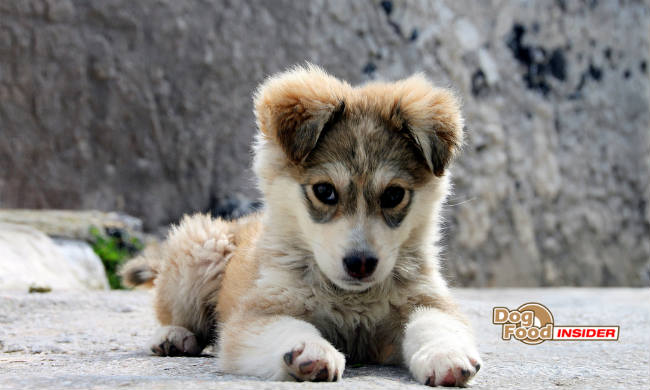
This post may contain affiliate links. We are compensated for referring customers to our affiliate partners.
In order to successfully train a puppy, it involves more than just finding a crate, a leash, a supply of treats and plenty of old newspaper. You need patience, alertness, dedication, and most of all, the will to be consistent in your interactions with your new pet. If you aren’t sure how to do all this, the quick guide below will help you get started.
Toilet training your little Chow Hound
The best way to understand a puppy’s toilet-training needs is to think of him the way you would a baby: both need to get on a reliable schedule to eat well and have accident-free peeing and pooping experiences.
In general, puppies can hold themselves for an hour for each month of their age. A two month-old puppy, then should be able to hold himself in two hours at a time before needing to be given an opportunity to pee and poop. Taking your puppy outside at least once every hour or two will help him learn to associate these actions with the outdoors. To help the learning process even more, you make sure that you pick a specific spot outside each time your puppy needs to go. Dogs tend to see relieving themselves a highly territorial rite.
You need to be vigilant for signs that your puppy needs to pee or poop, too. When he seems restless, or to hang around near the door, you need to pick up on it, and rush him outside. Each time your puppy successfully holds himself until he is outside, it’s an achievement, and he deserves to be made a great fuss of. The extra attention will help reinforce the idea in your puppy’s mind that going outside is a great idea.
When the inevitable accident happens occasionally, it’s no cause for anger, or even sternness. Make a loud, startling sound of displeasure to make him stop, immediately rush him outside to finish, and then give him a reward him when he is done.
Grooming needs training, too
Dogs need regular care, some breeds far more than others. Without enough attention, the health of your pet’s teeth, ears, nails and coat can quickly decline. These are time-consuming caregiving processes, though, and most dog owners are unable to set aside the time that their pets need. Regular sessions with a dog grooming professional are vital.
Being groomed can be hard for dogs to get used to. They need to adjust to being touched and handled intimately, and to being worked on with loud, strange machines. If your dog isn’t trained to accept intimate care from strangers, then, he can have a tough time each time you take him in.
If you want your dog to be healthy, you’ll need to train your puppy to accept the sights, sounds and feelings of a grooming session. Start your puppy off in its second month. He’ll soon get used to the experience, and learn to be cooperative.
Socialize your dog for the best results
Dogs learn very early in life about the kind of social contact what they should accept as normal. As puppies, they build a catalog of things that they are to consider acceptable. The more you get your pet used to as a puppy, the easier life will be for him. Let your puppy play with children, the elderly, and with other animals. If you discover areas of sensitivity, he’ll be much easier to deal with at this stage.
Three little tips that will help you help your puppy, no matter what you do
1) Know where to stand: Dogs have wide-set eyes, and do not have the kind of uninterrupted field of vision that humans do — they tend to have a large blind spot in the middle. When you attempt to address your puppy standing in front of him, then, you are smack in the middle of his blind spot. Since your puppy doesn’t understand language, your speeches and admonitions are completely lost on the poor creature.
When you speak to your pet, then, you want to stand to one side, and not the middle. You should also make sure to rely more on tone of voice and on gesticulations, rather than speech.
2) Listen to what your puppy has to say: Your puppy needs the same consideration that you would expect a child to receive — whatever you want your puppy to learn, you need to adapt your lessons to his specific needs.
Puppies deserve respect as individuals. It’s easy to know what to do — you only need to learn how to listen to your pet when you train him. Try to gain insight into the ways he shows his discomfort, fear or unhappiness. When you sense one of these feelings, try to back off, and try an alternative approach to reaching him.
3) Be consistent: Your puppy has a hard enough time learning about the rules of the human world. If the members of your family try to reinforce different, conflicting behaviors, your puppy will end up thoroughly confused. You need to work out a unified approach for your family. No matter what you want your pet to do, everyone needs to be reading off the same script.
